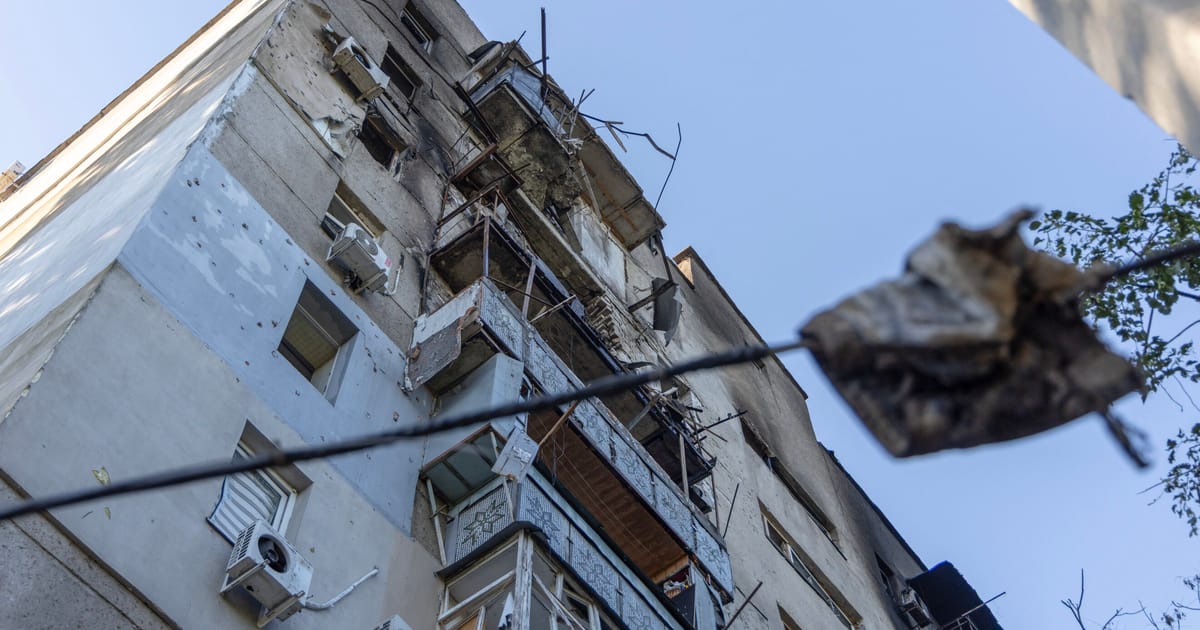

In the evolving dynamics of global geopolitics, recent escalations have brought significant military action and unrest to both Ukraine and the Middle East. As nations confront the complexities of conflict, these events unfold with profound implications, eliciting responses from local and international communities.
In Ukraine, the skies were once again filled with the hum of strike drones and the unsettling sound of missiles, as Russia launched one of its largest offensives. The broad wave of attacks reached several key cities, including the strategic eastern city of Pavlohrad, along with Odesa. In a focused six-hour assault on Pavlohrad, crucial infrastructure was severely impacted, with vital facilities like a factory and a fire station suffering damage, illustrating the extensive reach and impact of the offensive.
Ukrainian President Volodymyr Zelenskyy confirmed the scale of the operation, disclosing that more than 300 drones and 30 missiles were deployed in the attacks. National efforts remain centered on addressing the aftermath and restoring essential services to the affected communities, demonstrating resilience in the face of adversity. In response to these events, the international community watches closely, signaling varying degrees of reaction and calls for a de-escalation of hostilities.
Simultaneously, the Middle East finds itself entangled in a web of conflict, with significant disruptions reported in Gaza following Israeli military actions. Witnesses and hospital officials reported fatalities and numerous injuries as Israeli troops encountered Palestinians gathered near aid distribution centers, run by the Gaza Humanitarian Foundation. The volatility and interwoven nature of local tensions underscore the delicate peace precariously balanced in the region.
Moreover, in Syria, the country grapples with further complexities following the fall of Bashar al-Assad’s regime. This transitional period is marked by an escalation in sectarian violence, spurred by divisions within minority groups and opportunistic external actions. The tumult was further ignited by a local dispute between a Bedouin tribesman and a member of the Druze community, leading to broader clashes involving Syrian forces and subsequent Israeli airstrikes. As sectarian tensions ripple across the nation, the violence emphasizes the significant challenges faced by Syria’s new leadership in restoring stability.
According to the Syrian Observatory for Human Rights, these recent confrontations have resulted in at least 638 lives lost, prompting urgent calls from the United Nations for an independent investigation into the bloodshed. The UN’s appeal aims to foster a pathway towards peace and healing, prioritizing the voices of those affected and advocating for international cooperation in addressing the root causes of the tension.
In the face of these simultaneous crises, affected communities continue striving for normalcy and peace, supported by regional and global efforts to mediate and encourage dialogue. As nations evaluate their responses, the world stands as a witness to the resilience, courage, and aspirations for peace held by all those ensnared in these conflicts. While challenges remain, the pursuit of understanding, compassion, and mutual respect continues to be the beacon towards a tranquil resolution.
Source: {link}
